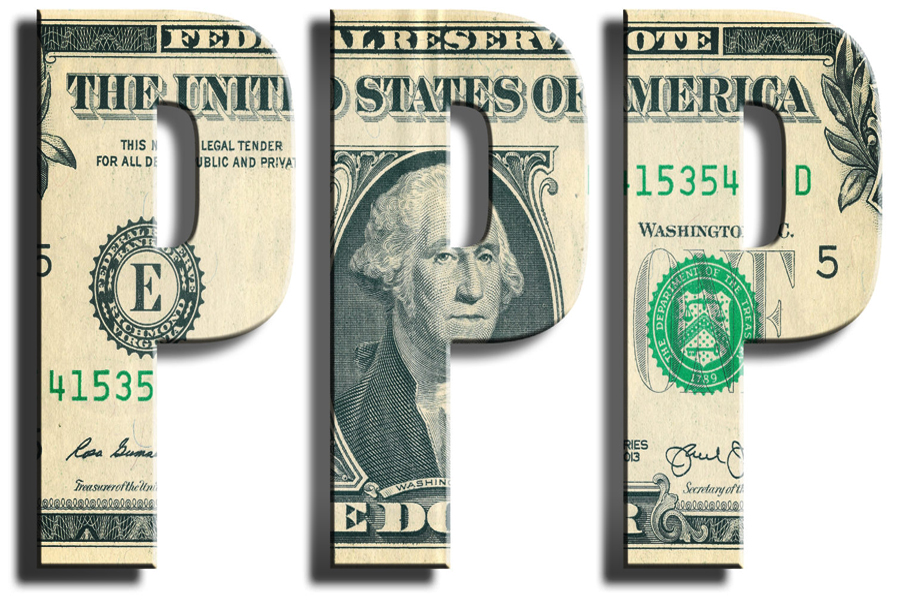
In the intricate realm of macroeconomics, one of the central topics that captures the attention of economists and investors alike is Purchasing Power Parity (PPP). This concept plays a pivotal role in determining exchange rate dynamics in the foreign exchange market, directly influencing international trade and investment strategies. In this article, I aim to delve into the concept of Purchasing Power Parity, exploring its implications on the global economic landscape and why it has been the primary factor that led me to suspect manipulation in the alignment of prices in the foreign exchange market.
Purchasing Power Parity is the quintessential concept in the foreign exchange market, positing that the price levels of goods and services between two countries, excluding tax costs, should be equal. In other words, PPP suggests that, in the long run, the exchange rate between two currencies should reflect the relative cost of a standard basket of goods and services in both countries.
At the core of PPP is the theory that, over the long term, exchange rates should adjust so that the same basket of goods and services is available for purchase in all countries. If a good is more/less expensive in one country than another, its demand should decrease/increase, leading to the appreciation/depreciation of the currency in the country where the good is more economical and vice versa.
In the context of the foreign exchange market, PPP is often used to assess whether a currency is overvalued or undervalued compared to another. For example, if PPP suggests that the effective exchange rate of a currency is lower than its fair value, this may indicate that the currency is undervalued and could appreciate over time. Since Purchasing Power Parity plays a crucial role in determining the movements in the foreign exchange market for all involved currencies, it is necessary to monitor all currencies to ensure that the exchange rate is determined not only by the currencies directly involved but also, and especially, by the currencies that algebraically compose it.
This becomes immediately apparent upon accessing the jMathFx Platform. By inputting the fluctuations of 28 exchange rates into a Cartesian system, you will be able to, through the Cartesian planes of jMathFx, comprehend the dynamics of all currencies involved in various market scenarios, thus understanding the price alignment (PPP) according to a precise measurement scheme. This will enable you to roughly gauge the extent of the oscillation of the exchange ratio you are observing with great precision.
The rules of Purchasing Power Parity also make it clear the degree of efficiency in the foreign exchange market, as it will always maintain balance, translating to alignment in the jMathFx context. This market peculiarity, measurable with precision unlike others, is governed by the PPP rule, which establishes its magnitude.
An efficient market integrated into a measurement system like jMathFx translates into greater control over one's exposure. It may happen that a trade does not generate the expected profits. In such a case, through the alignment of prices of all currencies involved in that scenario, it will be possible to identify the currency that, relative to others, will run more, thus determining the possibility of engagement for coverage that will allow you to profit from a loss!